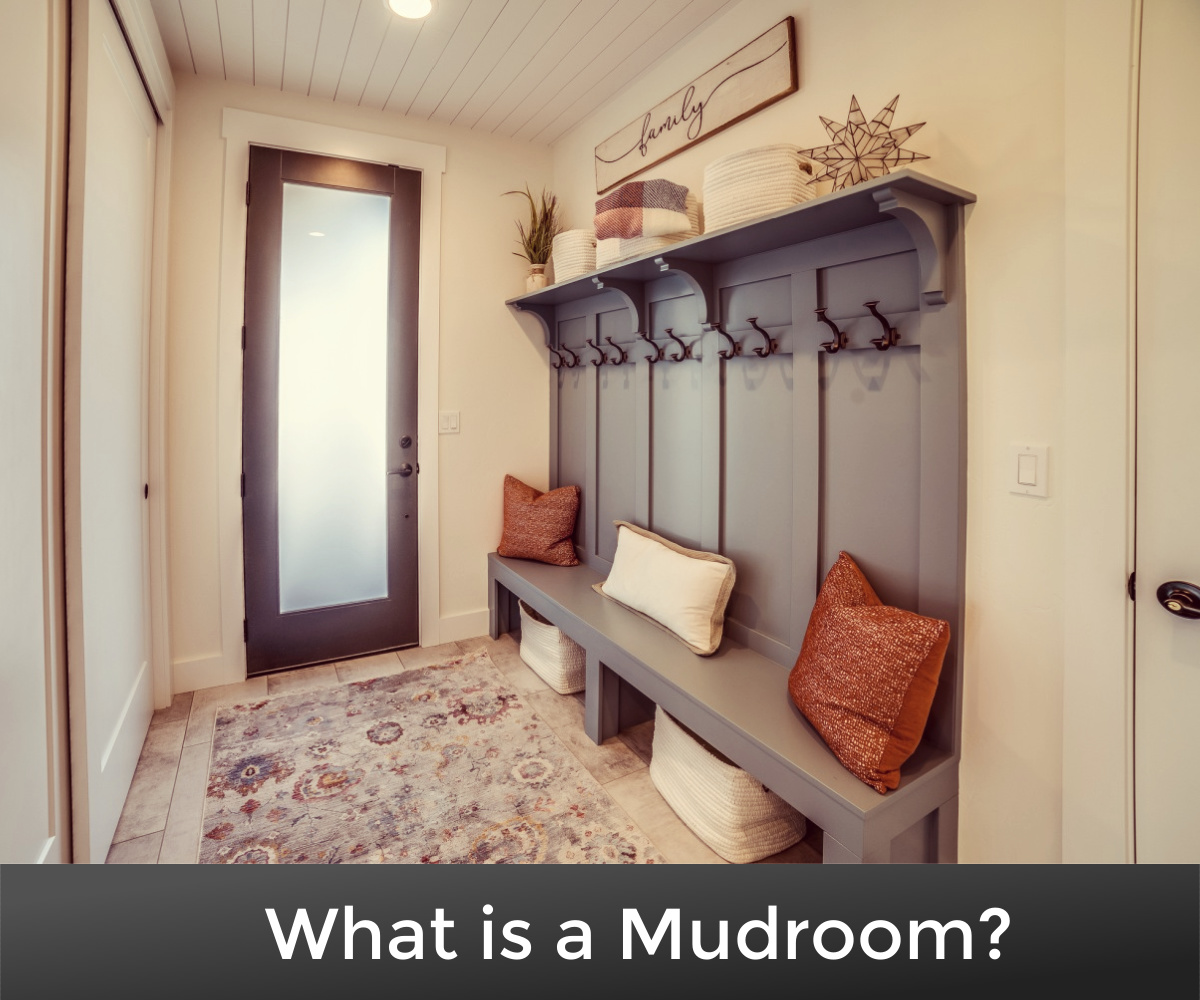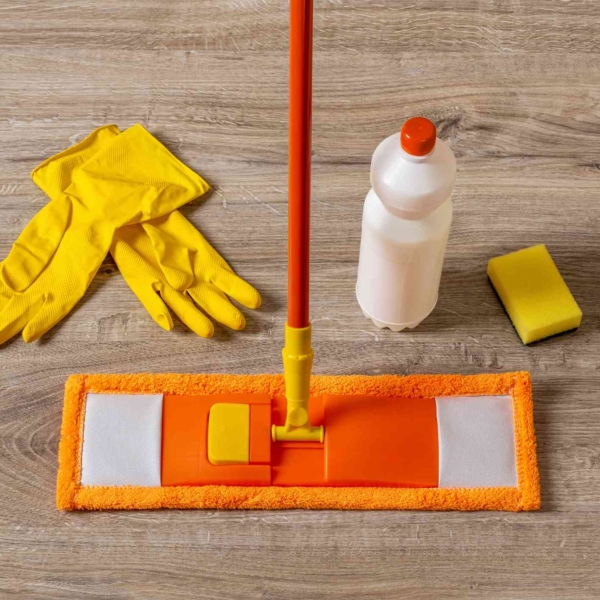| Updated on
Mudrooms are the transitional space between the interior and exterior of our homes. These spaces are sometimes overlooked as a design element in modern interior design, but they play a vital role in maintaining order and cleanliness in our interior spaces. While the term “mudroom” is relatively new, the concept of a transition zone between the outdoors and the interior is rich in history and tradition.

History Of The Mud Room
In early history, farm and manor houses often had vestibules or entrance areas that acted as a barrier between the interior and outdoor environments. Colonial American homes had entry halls, or keeping rooms, that served the same purpose. Rustic farmhouses had a back room where farmers would remove their dirty clothes and muddy boots before entering their homes.
Mudrooms first appeared in modern homes in the mid-twentieth century, as homes became more compartmentalized. The term “mudroom” was used as a way to describe the specific function of this transition zone.
What is a Mudroom?
Mudrooms are now a standard feature in many homes. They are typically located near the back entrance of a home. Mudrooms are designed to be highly functional, with storage for muddy gear and mats and rugs that help keep mud and water from tracking through the rest of the house. Storage elements like hooks, benches, cubbies, and cabinets provide a place to store wet and muddy outdoor clothing and gear.
Mudrooms have emerged as an important aspect of interior design. They frequently have the same aesthetic style as the rest of the house. Colors, materials, and furnishings, among other design elements, can help a mudroom blend in with the rest of the house.
Elements of a Mudroom

Every home is unique, and so is the mudroom space. Use your mudroom to improve the functionality, organization, convenience, and aesthetic style of your home.
- Storage Options – Functional mudrooms should include storage for outdoor clothing, shoes, and accessories. Storage solutions like cabinets provide closed storage for keeping all your gear contained and keeping the space from looking cluttered. Open storage like shelves and cubbies provides quick accessibility, which is good for frequently used items. Other storage options include hooks for bags and coats and baskets/bins to keep small items organized. Free standing storage elements like coat racks provide another useful storage option.
- Durable Flooring – Choose a durable flooring option that is easy to clean and maintain and resistant to moisture. Good options for mudroom flooring include tile, natural stone, concrete, LVP, or brick.
- Seating Options – A mudroom bench or special seat with an upholstered cushion creates a comfortable space where people can remove their shoes. Options like a storage bench provide extra seating and an additional hidden storage compartment beneath.
- Rug – A rug is necessary if you want to protect your durable flooring and keep outside dirt in your mudroom area. A small rug in front of the door or a runner that extends all the way across the mudroom helps to clean shoes and catch the dirt that is tracking into your home. Choose rugs that are moisture absorbing, easy to clean, and durable.
- Lighting – Ensure that there is enough overhead lighting throughout the mudroom for safe and easy use of the room. You may want to install specific task lighting in certain areas, like near mirrors or seating, to accomplish specific tasks.
- Mirrors – You may need to install a mirror, which is useful for a final check before you leave your home. Mirrors also help to increase the visual appeal and light in the mudroom.
- Utility Sink or Wash Basin – A utility sink is a useful, though not necessary, element in a mudroom. This is the perfect space for washing off dirt from hands, feet, and tools before entering the home.
- Ventilation – To ensure an area that is free from musty odors and mold, it is helpful to provide ventilation with fans or extra air vents. This is especially helpful in humid environments.
- Decorative Elements – Decorations are not necessary in a mudroom, but they can personalize the space and make it more attractive. Consider options like wall art and decor that work with the style of your home. Wall art like chalkboard pictures can also add function to the room. Add potted or hanging plants to more seamlessly connect the mudroom space with the outdoors.
Mudroom Alternatives
There are still ways you can achieve the functionality of a mudroom, even if you do not have space or budget for a dedicated mudroom.
Mudroom Closet
One of the easiest things to do is create a mudroom closet. Choose a closet near an exterior door as a place designated for shoes, coats, leashes, and other outdoor gear. Add containers and cubbies to maximize the storage. Equip it with a rug on the inside so it will be easy to clean up.
Mudroom Cabinet
Take extra cabinet space, preferably near the door, and use it for outdoor wear. This is a great way to keep the dirty boots hidden.
Wall Hooks And Cubbies
Hooks are great for bags, backpacks, keys, and light jackets. Add cubbies, and you’ll have a mudroom equipped to handle all your outdoor gear. Rather than cubbies, you can also use baskets to organize your gear.
Rug And Shelf
You can reduce your mudroom space down to just a rug and shelf if you are short on space. A rug allows people to wipe their feet, and a shelf will provide quick storage.
Stairwell Nook
Stairwell nooks can function as mudrooms if they are outfitted with storage such as shelves, cubbies, and hooks. If you have the space, include a simple stool or small bench for putting on shoes. Add a small light to make the nook more usable and inviting.


